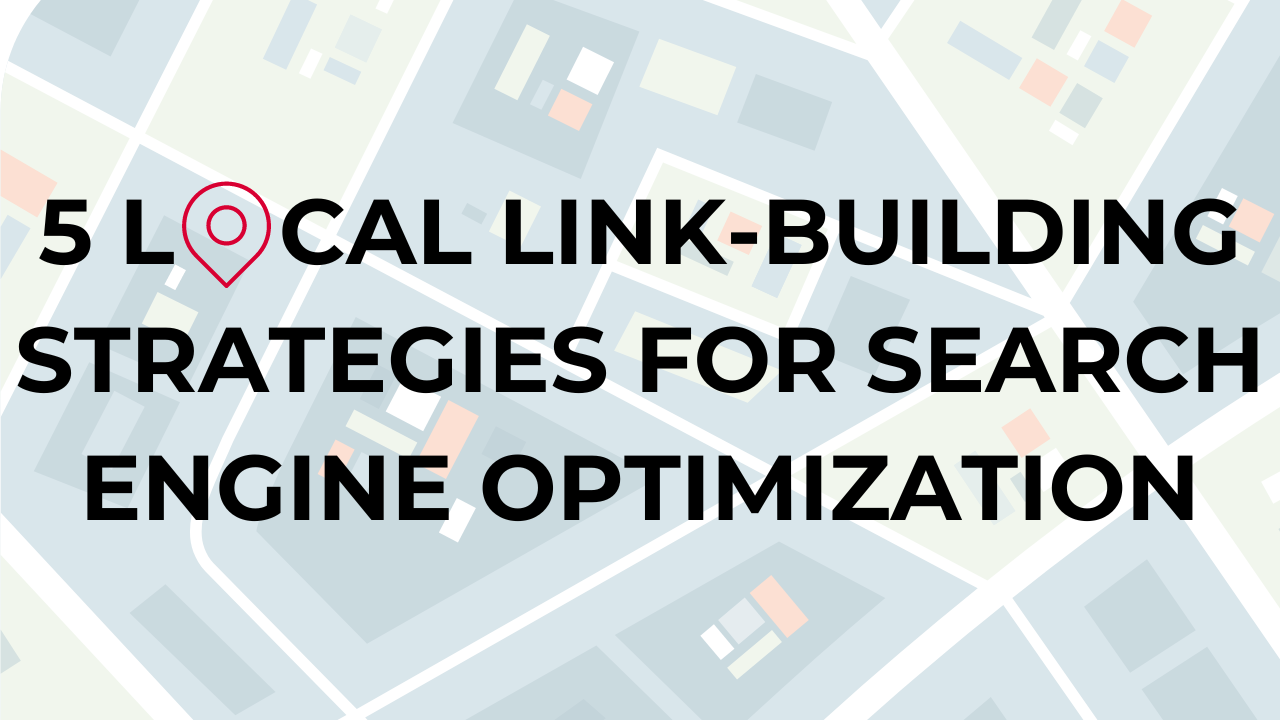Online reviews can uplift or break a business in today’s digital age. Consumers trust online reviews just as much as personal recommendations from friends and family. As a result, businesses must take advantage of the power of online reviews to succeed. That’s where a review funnel comes into play.
What is a Review Funnel?
A review funnel is a marketing strategy that involves guiding customers through the review process to increase the likelihood of receiving positive reviews.
In this article, we will access the importance of review funnels in your SEO strategy and provide practical tips for creating and implementing a review funnel that will help boost your online reputation and ultimately drive more business.
So, let’s dive in. You will learn how to leverage the power of review funnels for your business.
Understanding the Review Funnel
To create an effective review funnel, it’s essential to understand the different stages involved and the key factors to consider in each stage. Let’s take a peek at every stage:
Different stages of a review funnel
A review funnel consists of the following stages:
- Awareness
- Consideration
- Purchase
- Follow-up
- Review
Understanding these stages is crucial for your continued business growth and for attracting positive customer reviews.
Here’s how it works:
- Awareness: At this stage, the customer becomes aware of your business or product. This could happen through various channels such as social media, advertising, or word of mouth.
- Consideration: The customer is considering whether or not to make a purchase from your business. During this stage, they will typically conduct research and read reviews from other customers.
- Purchase: The customer decides to make a purchase from your business.
- Follow-up: After the purchase, it’s essential to follow up with the customer to ensure they are satisfied with their purchase and to ask for feedback.
- Review: Finally, the customer leaves a review about their experience with your business.
Key factors to consider in each stage
- Awareness: Your branding, marketing efforts, and online presence are key factors to consider at this stage. You want to make a happy first impression on potential customers and ensure that your business is easily discoverable online.
- Consideration: During this stage, your online reputation and the quality of your products or services are critical. Encouraging positive reviews from happy customers can be an ideal way to build trust and credibility.
- Purchase: The checkout process should be seamless and user-friendly. Any issues or problems during this stage can lead to negative reviews and a poor customer experience.
- Follow-up: Following up with customers after their purchase can show that you care about their satisfaction and are committed to providing stellar customer service. This can also be an opportunity to address any issues or concerns they may have.
- Review: Finally, making it easy for customers to leave a review and responding to reviews (both positive and negative) in a timely manner can help build trust with potential customers and improve your online reputation.
How to Create a Review Funnel?
Creating a review funnel involves several steps, including identifying your target audience, mapping out the review funnel, and selecting the right channels.
Let’s explore each step in more detail:
Identifying your target audience
- Determine your ideal customer: Understanding your target audience is essential to creating a review funnel that resonates with them. Consider factors such as age, gender, interests, and location.
- Analyze their behavior: Look at your existing customers and their behavior to identify patterns that could inform your review funnel strategy. For example, what channels do they use to leave reviews, and what motivates them to leave a review?
Mapping out the review funnel
- Define the stages: Based on your target audience and their behavior, map out the stages of your review funnel.
- Determine the key touchpoints: At each stage, identify the key touchpoints that will guide customers to the next stage. For example, you might send a follow-up email after a purchase asking for feedback.
- Create a clear path: Ensure that the review funnel is easy to follow and that customers know what to do at each stage.
Selecting the right channels
- Consider your target audience: Where does your target audience spend time online? Are they more likely to leave a review on social media, Google My Business, or a specific review site?
- Choose the most effective channels: Based on your analysis, select the channels that will be most effective for your review funnel strategy.
- Optimize the channels: Ensure that your profiles on review sites are complete and up-to-date, and make it easy for customers to leave a review by including links and clear instructions.
By identifying your target audience, mapping out the review funnel, and selecting the right channels, you can create a review funnel that will help boost your online reputation and drive more business.
Implement your Review Funnel
Now that you have created a review funnel, it’s time to implement it effectively. Here are some key strategies for doing so:
Building trust with your customers
- Provide high-quality products or services: Providing a great customer experience is the foundation of any successful review funnel strategy. Ensure that your products or services meet or exceed customer expectations.
- Offer excellent customer service: Respond to customer inquiries and concerns in a timely and professional manner. This can help build trust and loyalty with your customers.
- Be transparent: Be open and honest with your customers about your business practices and policies. This can help build trust and credibility with your audience.
Asking for reviews
- Timing is key: Ask for a review at the right time. This could be immediately after a purchase, or after a follow-up email asking for feedback.
- Make it easy: Provide clear instructions and links to your review profiles, making it easy for customers to leave a review.
- Offer incentives: Consider offering incentives, such as discounts or exclusive content, to customers who leave a review.
Managing negative reviews
- Respond promptly: Respond to negative reviews in a timely and professional manner. This shows that you are committed to addressing issues and improving the customer experience.
- Take the conversation offline: Take the conversation offline to resolve the issue privately. This can help prevent the situation from escalating and potentially leading to more negative reviews.
- Learn from feedback: Use negative reviews as an opportunity to learn from customer feedback and make improvements to your business practices.
By building trust with your customers, asking for reviews effectively, and managing negative reviews, you can implement a review funnel that will help boost your online reputation and drive more business.
How to Measure the Success of your Review Funnel?
Measuring the success of your review funnel is essential to understand the impact of your efforts and making necessary adjustments to improve your strategy.
Here are some key strategies for measuring the success of your review funnel:
Tracking and analyzing key metrics
- A number of reviews: Keep track of the number of reviews your business receives across different channels such as your landing page and sales funnels.
- Review Rating: Monitor your average review rating to ensure that it remains high.
- Conversion rate: Track the percentage of customers who leave a review after being asked to do so. This also includes reviews left by unhappy customers.
- Engagement rate: Monitor the level of engagement with your reviews, such as the number of likes, shares, and comments.
Making necessary adjustments
- Analyze your data: Use the metrics you track to identify areas where your review funnel could be improved.
- Identify patterns: Look for patterns in your data that may be affecting your review funnels, such as a low conversion rate or a high number of negative reviews.
- Make changes: Make necessary adjustments to your review funnel strategy based on your analysis, such as changing the timing of review requests or adjusting the channels you use to ask for reviews.
- Monitor the impact: Monitor the impact of your changes to see if they result in improvements in key metrics.
By tracking and analyzing key metrics and making necessary adjustments to your review funnel strategy, you can improve the success of your review funnel and boost your online reputation.
Frequently Asked Questions
Why is a review funnel important for SEO?
Reviews are important in local SEO and can impact a business’s visibility in search results. Having a large number of positive reviews and high ratings can help improve a business’s local search ranking and attract more potential customers.
What are the different stages of a review funnel?
The different stages of a review funnel include identifying your target audience, mapping out the review funnel, selecting the right channels, building trust with customers, asking for reviews, managing negative reviews, and measuring success.
What channels should I use in my review funnel?
The channels you use in your review funnel will depend on your business and your target audience. Some common channels include Google My Business, Yelp, Facebook, and industry-specific review sites.
How do I encourage customers to leave reviews?
There are many ways to do so, such as asking for reviews at the right time, making it easy for customers to leave a review, offering incentives, and providing excellent customer service. It’s important to remember to follow each platform’s guidelines and not offer incentives in exchange for positive reviews.
Conclusion
Review funnels are an essential part of any successful SEO strategy. They help businesses build trust and credibility with their customers while also boosting their online reputation. By identifying your target audience, mapping out the review funnel, selecting the right channels, building trust with your customers, asking for reviews, managing negative reviews, and measuring success, you can effectively implement a review funnel that will help drive more business and improve your online business.
Remember, implementing a review funnel is an ongoing process that requires continuous monitoring, analysis, and adjustment. But with the right strategy in place, you can boost your online reputation, drive more traffic to your website, and ultimately increase your bottom line.




















